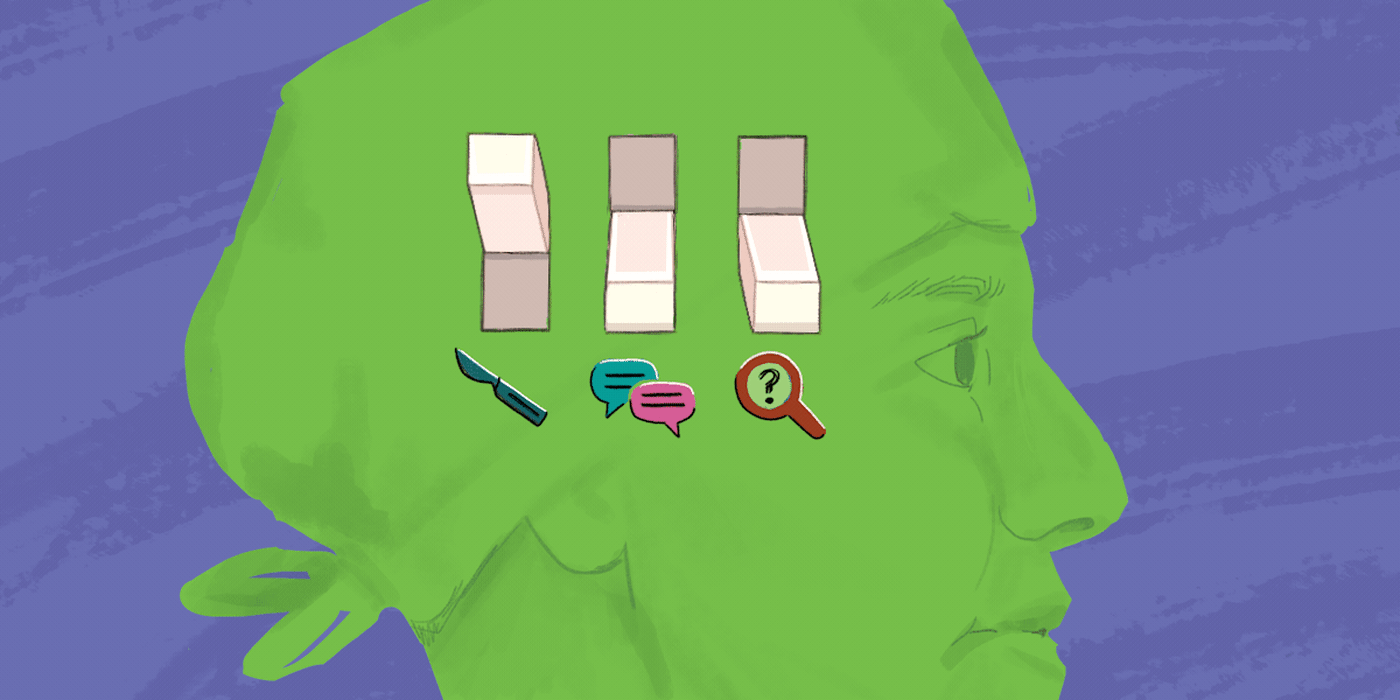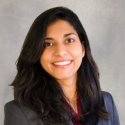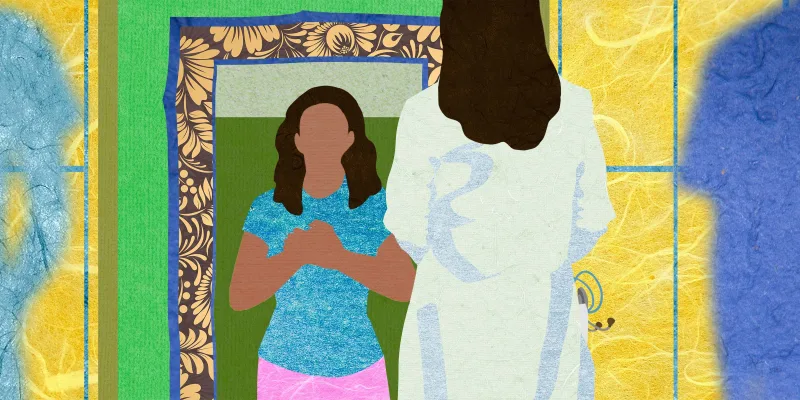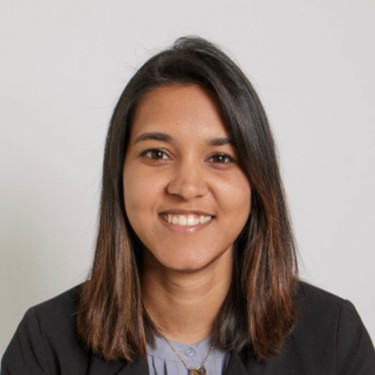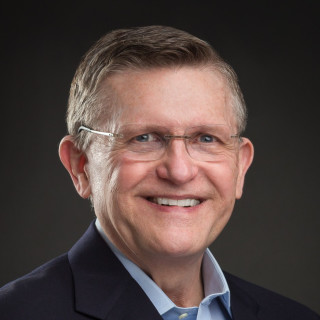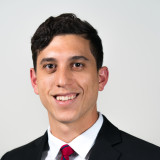An elective general surgeon’s office was probably not meant to be one of the first few stops in a patient’s health journey when they finally get health insurance. But in my first year of practice, I met a patient in his mid-40s who was finally establishing regular medical care. His first-ever primary care visit had resulted in several new diagnoses: reflux, hyperlipidemia, hypertension, and a slew of new medications to go along with them. He had also been sent for a CT that showed a fluid-filled umbilical hernia. Without any clear underlying cause for this ascites, he was told to stop drinking an occasional beer with dinner and was sent to me.
Everyone tells you how hard the first years of practice can be, and even if you believe them completely, it’s harder than you could anticipate in ways you never thought about. Patients seemed a lot sicker than I had remembered from residency, much of our office staff did not know how to navigate COVID-era roadblocks (I started my job in 2020), and I was quickly learning that access to long-term primary care was an exception, not the norm. Most of my referrals were coming from a franchise of standalone clinics filling the gaps that traditional primary care practices just could not keep up with. Their referral notes were maddeningly brief, often lacking physical exams or even proper histories, with terse problem lists coupled to referrals. I tried to temper my frustration by reminding myself that without these clinics, patients would not even be able to seek the specialized care they needed. But imagining the scope of the problem just made me feel more helpless.
These big feelings were roiling in my mind as I scrolled through the patient’s CT, which showed no typical findings of cirrhosis. Luckily, the din of my emotional turmoil could not drown out the nagging fact that no healthy male should have radiographically significant abdominal free fluid. What else could have been going on? Looking at his outside records, his heart rate had always been very high, and it was over 120 in my office. He said that he often felt palpitations, but attributed this to being out of shape. A radial pulse check revealed irregularity, and a formal EKG done later that day showed previously undiagnosed atrial fibrillation. His ascites was therefore likely secondary to congestive hepatopathy.
After the initial rush of pride at my own diagnostic capabilities passed, I was left to figure out what to do next. In some sense, I felt like I was left “holding the bag.” Thankfully, we found a cardiologist who could see him in short order and he was treated quickly (by the right specialist). I later fixed his hernia, but it was clear that at the end of the saga, it was really the patient who had been left “holding the bag.”
In the years since that patient encounter, I have counseled hundreds of patients about healthy eating habits for weight loss, smoking cessation, ways to increase daily physical activity, and how to lift heavy things at work without getting hurt. But I’ve also diagnosed Gilbert’s syndrome, endometriosis, and renal failure.
I am not alone. Ask any surgeon, general or otherwise: the frequency of chronic health problems for which we find ourselves becoming the initial or only clinician responsible is rising. A plastic surgery colleague became the person who most consistently asked one of her patients about their poorly-controlled blood sugars; a bariatric surgeon colleague became an anchoring clinician for a patient with untreated depression and anxiety; our trauma surgery teams have long been coordinating care for the unhoused.
To be sure, none of this compares with the volume and acuity of what primary care clinicians face today. Everyone’s patients are sicker, have worse access to care, and are saddled with increasing economic stressors that can impact their physical, emotional, and relational health, including exposure to food insecurity, poverty, and interpersonal violence. Primary care clinicians remain the underpaid, under-resourced front line in this struggle.
As surgeons, perhaps we should reframe this workload as an opportunity to provide an additional “touchpoint” for patients who may otherwise slip through the cracks. In many ways, tightening the weave of our medical safety net complements a movement toward comprehensive care for complex surgical problems such as abdominal wall hernias, severe obesity, gastrointestinal malignancies, and more. If we can envelop the patient in all their necessary care all at once, won’t we be happier on the day of surgery, when they’re “tuned up” for their procedure?
Still, I contend that surgeons have neither bandwidth nor training to appropriately manage problems that truly require long-term management — I doubt that many of us are keeping track of our patients’ blood sugar logs, blood pressure readings, fielding questions about critical medications that are low in stock, or otherwise truly quarterbacking care. When we do have to manage even a fraction of these problems, it comes at the cost of clinic slots for patients who are ready to have surgery.
I do not have a neat solution for this problem and I don’t think one exists. The contributing factors are vast: declining access to primary care, increasing numbers of uninsured patients, diminishing reimbursements, physician shortages, aging populations, drug shortages and price gouging, food deserts, inflation, a widening income gap, the list goes on and on. But that doesn’t mean I have lost hope.
For instance, in our practice, interns from our family medicine residency regularly rotate with us. Their help and perspective is invaluable, and many of them have the ability to longitudinally care for our patients into their continuity clinics. Several years ago, one of these residents honed in on the nutritional struggles many of our patients face and developed a farm fresh food pantry. Building on the fundamental idea that food is medicine, patients struggling to buy groceries are “prescribed” and given fresh produce.
So what is the way forward? The only thing that is clear is that we cannot practice in silos. Surgeons will need to continue to strengthen relationships with internists, pediatricians, family medicine doctors, ob/gyn, neurologists, and others outside our specialty. I return to the proposition that a surgeon’s office is a critical touchpoint for patients. In our clinics, we can talk to gallbladder patients about the fatty liver disease that was also found on their ultrasounds, we can do motivational interviews with patients who are interested in changing their diets but don’t quite know how, we can do more than ask patients whether they “feel safe at home” and can provide them resources that may help. We have always known that life outside the walls of our health care system affects every aspect of how patients present to us. Except now, our straining machinery requires us to respond thoughtfully with open eyes and open minds.
What has been your experience with surgeons acting as PCPs? Share in the comments.
Dr. Priya Rajdev is a surgeon specializing in minimally invasive abdominal wall reconstruction and benign foregut surgery in Phoenix, AZ. She is passionate about medical education, health literacy, and the importance of play in daily life. She enjoys gardening, reading, celebrating everyday absurdities and serendipities, and improv comedy. Dr. Rajdev is a 2024-2025 Doximity Op-Med Fellow. All names and identifying information have been modified to protect patient privacy.
Animation by Diana Connolly
